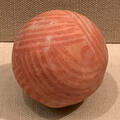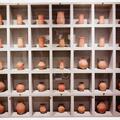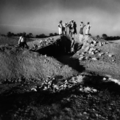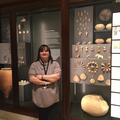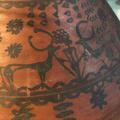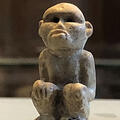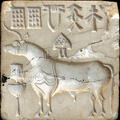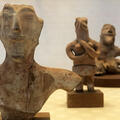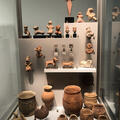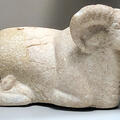Chanhiyun Jo Daro [Chanhu-daro] at the Met (II)
It may be hard to imagine that the best places to see artefacts of the ancient town of Chanhiyun Jo Daro [Chanhu Daro] are along the eastern seaboard of the United States. The Museum of Fine Arts in Boston and the Metropolitan Museum of Art in New York have a number of pieces from a US-funded team the worked at the site in 1935-36, led by Mohenjo daro excavator E.J.H. Mackay [see Dorothy Mackay, Finds at Chanhu-daro]. The Museum of Fine Arts in Boston lent some items to the Metropolitan which I was fortunate enough to see in the fall of 2016 [A Visit to the Met I].
It is over 7,000 miles

